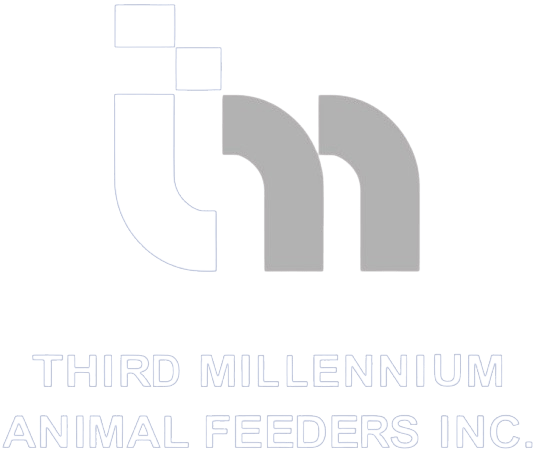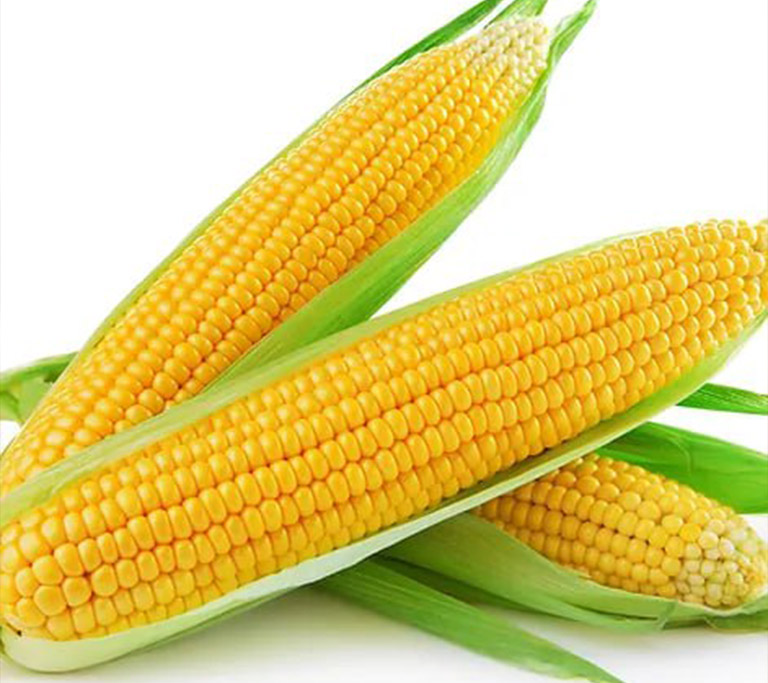


Corn gluten meal
Category: Feed ingredients
Description
Corn gluten meal is a byproduct of corn processing. It can be used as an ingredient in animal feed for various species, including ruminants, horses, poultry, pet animals, and aquatic animals. However, corn gluten meal’s specific applications and benefits can vary depending on the animal species.
Ruminants (Cattle, Sheep, Goats):
- Protein Source: Corn gluten meal is often used as a protein supplement in ruminant diets. It is a good source of plant-based protein, providing essential amino acids necessary for growth and maintenance.
- Energy Source: Corn gluten meal also contains carbohydrates that can contribute to the energy needs of ruminants.
- Fibre Management: In some cases, corn gluten meal can substitute for other fibrous feed ingredients in ruminant diets. However, its inclusion should be balanced with other forage sources to maintain proper rumen function.
- In ruminant diets, corn gluten meal can be included at an inclusion rate of 5% to 15% of the total diet on a dry matter basis. The actual inclusion rate will depend on factors such as the animal’s nutritional needs, forage quality, and other protein sources in the diet.
Horses:
- Protein and Energy: Corn gluten meal can be utilized in horse feeds as a source of protein and energy. It can help meet the nutritional needs of horses, especially in combination with other feed ingredients.
- Considerations: It’s important to ensure that the overall diet of horses is balanced and meets their specific requirements, including forage intake and appropriate supplementation.
- Corn gluten meal can be included in horse feeds at an inclusion rate of up to 10% of the total diet on a dry matter basis. It should be combined with other feed ingredients to provide a balanced diet that meets the horse’s nutritional requirements.
Poultry (Chicken, Turkey, etc.):
- Protein Supplement: Corn gluten meal is commonly used as a protein source in poultry diets. It contains essential amino acids necessary for poultry growth, feathering, and egg production.
- Nutrient Balance: Corn gluten meal is often included in poultry feed formulations to balance the overall nutrient profile and improve feed efficiency.
- In poultry diets, corn gluten meal can be included at an inclusion rate of 5% to 15% of the total diet on a dry matter basis. The specific inclusion rate will depend on factors such as the target growth rate, the age of the birds, and other protein sources in the diet.
Pet Animals (Dogs, Cats):
- Protein and Nutrient Source: Corn gluten meal can be used as a protein and nutrient source in commercial pet foods. It provides amino acids, vitamins, and minerals that contribute to the nutritional requirements of dogs and cats.
- Allergen Considerations: Corn allergies are relatively uncommon but can occur in some pets. Alternative protein sources should be considered if there is a known sensitivity or allergy.
- In commercial pet foods, corn gluten meal can be included at an inclusion rate of up to 20% of the total diet on a dry matter basis. The inclusion rate will depend on the nutritional requirements of the specific pet species, age, and activity level.
Aquatic Animals (Fish, Shrimp, etc.):
- Fish Feed: Corn gluten meal can be used in aquaculture feeds as a protein source for fish and shrimp. It is an alternative to fish meal and can help meet the protein requirements of aquatic animals.
- Nutrient Balance: The inclusion of corn gluten meal in aquatic feeds is often based on the specific nutritional needs of the target species and the formulation objectives of the feed.
- In aquaculture feeds, corn gluten meal can be included at an inclusion rate of up to 20% of the total diet on a dry matter basis. The specific inclusion rate will depend on the target species, growth rate, and other feed ingredients used in the formulation.





